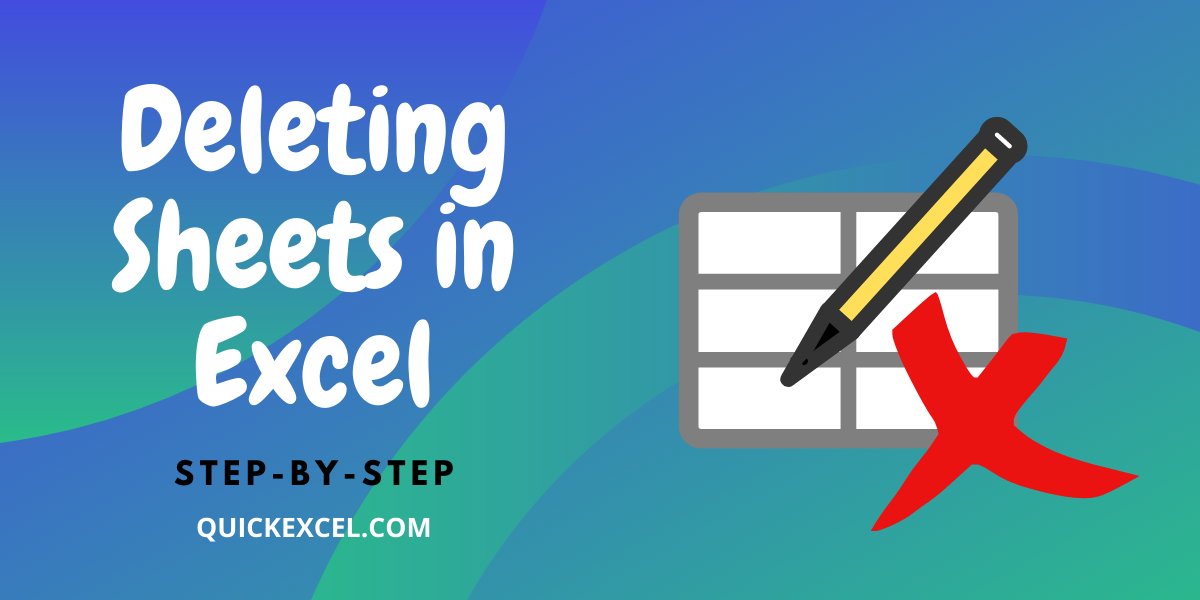Delete Excel Sheets on MacBook Pro Easily

Ever found yourself with too many sheets cluttering your Excel workbook on your MacBook Pro? If you're nodding in agreement, you're not alone. With the increase in data handling, the need for efficient file management within Excel has never been more pressing. Deleting unnecessary sheets can significantly enhance workbook performance and reduce file size. This guide will walk you through the simplest and most efficient methods to delete sheets in Excel on a MacBook Pro.
Steps to Delete Sheets in Excel on a MacBook Pro

Here's how you can delete sheets in Excel with ease:
- Select the Sheet: Click on the sheet tab at the bottom of your workbook window that you wish to delete.
- Right Click: Right-click on the selected sheet tab. If you're using a MacBook with a single-button trackpad, you'll need to hold the Control key while clicking.
- Choose "Delete": From the context menu, select "Delete" to remove the sheet.
- Confirm Deletion: Excel will ask for confirmation to ensure you want to delete the sheet. Click "Delete" again to proceed.
💡 Note: If your workbook has only one sheet, Excel will not allow you to delete it as it requires at least one sheet to exist.
Multiple Sheets Deletion

If you have multiple sheets you wish to delete, follow these steps:
- Select Multiple Sheets: Hold the Command key while clicking on multiple sheet tabs.
- Right Click: Right-click on any of the selected sheets.
- Delete: Choose "Delete" from the context menu and confirm the deletion as prompted.
| Action | Shortcut |
|---|---|
| Select a sheet | Click on the tab |
| Select multiple sheets | Command + Click |
| Right Click | Control + Click |

💡 Note: Always double-check before deleting sheets as this action is usually irreversible unless you've saved a backup of your workbook.
Advanced Deletion Techniques

For those dealing with larger workbooks or those looking for shortcuts, consider these advanced techniques:
- VBA Macro: You can automate the deletion of sheets with a VBA script. Here's an example of a simple macro that deletes the active sheet:
Sub DeleteSheet()
Application.DisplayAlerts = False
ActiveSheet.Delete
Application.DisplayAlerts = True
End Sub
💡 Note: VBA macros require enabling macros in Excel, which can be a security concern if not done with caution.
Recovering Deleted Sheets

Accidentally deleted a sheet? Here are some tips:
- Use Undo: If you've just deleted a sheet, use Command + Z to undo the action.
- Check Autosaved Versions: If autosave is enabled, look in the "File" > "Info" > "Manage Workbook" > "Recover Unsaved Workbooks" area for autosaved versions of your file.
💡 Note: Regular backups are crucial since once closed, your workbook may not retain deleted sheet data in its autosave versions.
In summary, managing sheets in Excel on your MacBook Pro can be straightforward once you know the ins and outs. Whether you’re cleaning up old data or organizing for better workflow, understanding how to efficiently delete sheets can save you time and reduce clutter. Keep in mind the options for deleting multiple sheets, the security considerations with VBA macros, and the importance of backups for data protection.
Can I delete sheets without using the right-click method?

+
Yes, you can also delete a sheet by going to the “Edit” menu, selecting “Delete Sheet” or using the keyboard shortcut Command + Delete.
What happens if I accidentally delete the wrong sheet?

+
Use the Undo feature with Command + Z immediately after deletion. If you’ve already saved or closed the workbook, look for autosaved versions or revert to a previous backup.
Is there a way to prevent accidental sheet deletion?

+
Excel does not have a built-in feature to prevent sheet deletion, but you can make sheets read-only or hide them to reduce the risk of accidental deletion.



